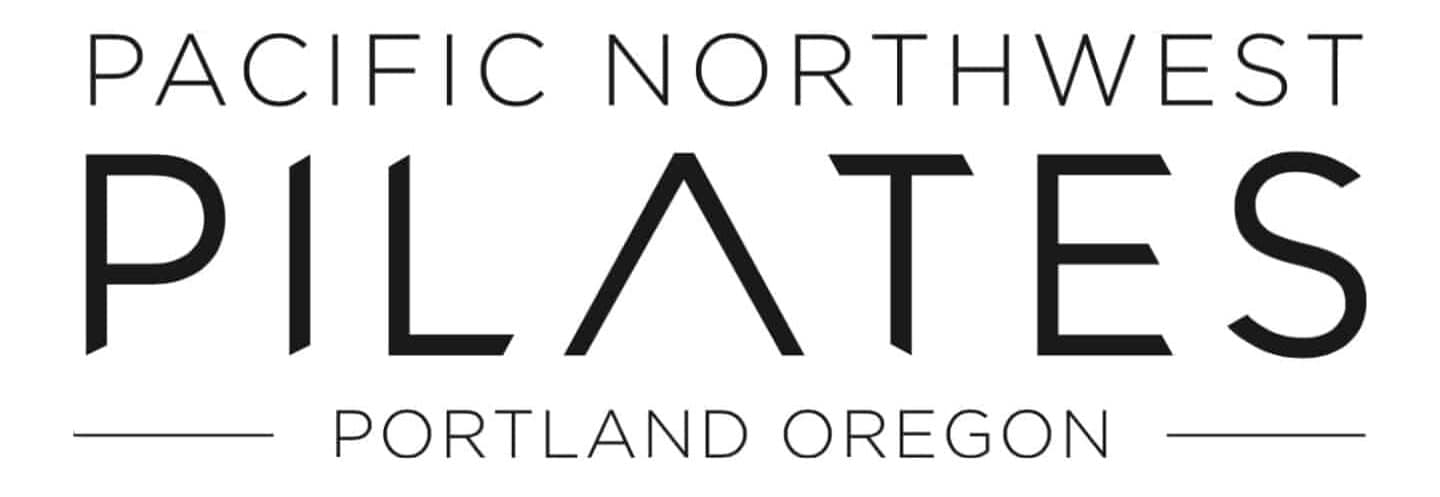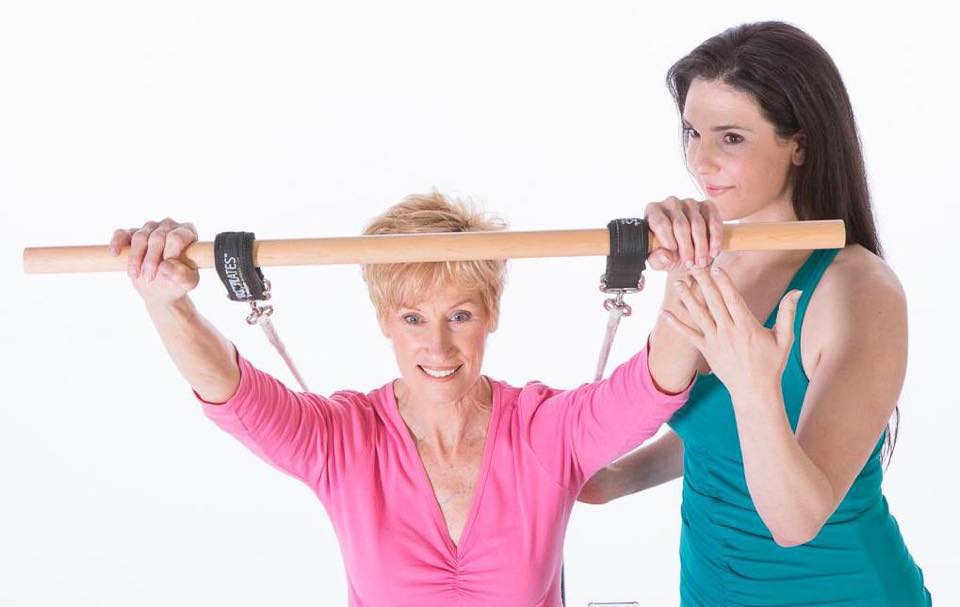There are many declarations heard in fitness classes that you’ll never hear in, say, our PNWP studio. Pilates is simply different.
Here are three things that you’ll never hear any of our certified STOTT PILATES teachers say to you:
“Squeeze your shoulder blades together for good posture.”
Have you ever walked into a store, admired a dress you on a mannequin — and then noticed all the clips in back making the dress to make it look like it had been altered? Well, squeezing you shoulders blades together creates the illusion of good posture when viewed from the front — but you will look terrible in the back.
In Pilates, we speak about specificity of cues when teaching. The shoulder blades, in their ideal position, should sit flat on the rib cage and the inner borders should be parallel to each other and roughly four inches apart. Broad, generalized cues can easily lead a well-meaning student’s shoulder blades into a “fix-it” position.
Excellent Pilates teachers want you to have good posture, instead of just making it look like you have good posture.
“No pain, no gain.”
This one makes us wince. In fact, there is a lot to be gained by avoiding pain during exercise. It is important to know the difference in pain and gain.
Pushing through a workout that is challenging in order to get stronger is a positive experience of pain. Pushing through pain during exercise because of poor joint positioning, inappropriate resistance. or improper muscle recruitment can lead to injury. Your Pilates teacher should help you to learn the difference.
Here are simple tips to help you know when exercise pain is okay:
1. You can breathe.
2. You are not straining and using unnecessary muscles (i.e., you are not recruiting your neck to do leg work).
3. You are exercising in positions that you want to practice (i.e., you are using your arms in good standing and sitting posture).
4. Muscle soreness lasts for only a couple of days and you do not experience joint pain.
“I can help you lose weight.”
Let’s be clear. Pilates is an excellent exercise choice for building core stability, balancing strength and flexibility, improving body awareness and posture.
It is not, however, at the top of the list as a cardiovascular workout nor does it address your diet.
You might notice that the pair of pants in your closet that you never wear because “they make you look fat” suddenly look good. That’s because your shape may change, but, perhaps, not the number on the scale.
Pacific NW Pilates is studio, school and fitness family under one roof. Click to learn more about our education courses and workshops, private studio sessions and group classes. Or call for details: (503) 292-4409.

